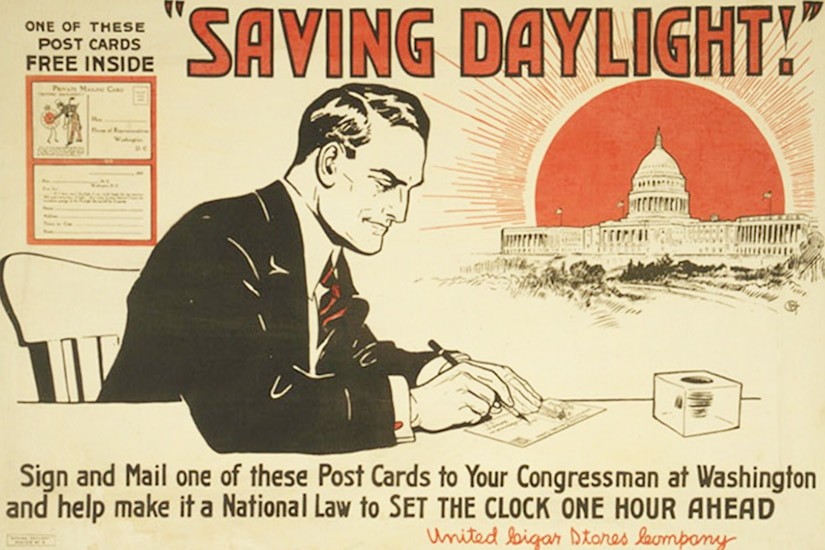It’s that time of year again when we adjust our clocks and relish those longer evenings. Daylight Saving Time (DST), the practice of advancing clocks during warmer months, is a familiar concept for many. But have you ever stopped to wonder, “Why did daylight saving time start?” The answer is rooted in history, energy conservation, and a bit of wartime strategy.
The concept of shifting time to better align with daylight hours isn’t new. While the idea is often attributed to Benjamin Franklin, his suggestion was more of a satirical observation about Parisians’ habits. The practical push for DST came much later, in the late 19th century, credited to George Vernon Hudson, a New Zealand entomologist, and independently in Britain by William Willett. However, it was New Zealand that first officially implemented it in 1927.
Interestingly, the tradition of “springing” forward was once known as “war time,” hinting at its initial purpose. Daylight Saving Time in America officially began on March 19, 1918, with the Standard Time Act. This act wasn’t just about time changes; it also formally established the five time zones we recognize across the contiguous United States today. The primary motivation behind implementing DST during World War I was energy conservation. By extending daylight into the evening hours, the idea was to reduce the amount of energy needed for lighting homes and workplaces, thus freeing up resources for the war effort.
However, this initial foray into daylight saving time was short-lived in the U.S. Despite President Woodrow Wilson’s veto, the portion of the 1918 law concerning DST was repealed after just about a year and a half, following the end of World War I.
The concept resurfaced with the onset of World War II. In February 1942, as the nation geared up for another global conflict, Congress reintroduced national daylight saving time. This time, the emphasis was again on conserving fuel and bolstering “national security and defense.” The term “war time” became commonplace, and time zones were even referred to as Eastern War Time, Pacific War Time, and so on.
Following the end of World War II in 1945, history repeated itself, and daylight saving time was once again repealed at the national level. This led to a period of confusion as states and localities were left to decide whether or not to observe DST. This patchwork approach created significant problems, especially for transportation and broadcasting industries that operated across different time zones.
To address this growing chaos, Congress passed the Uniform Time Act in 1966. This landmark legislation established a national standard for daylight saving time, overriding local time variations. The act initially set DST to run from the last Sunday in April to the last Sunday in October.
Since 1966, the specifics of daylight saving time have been adjusted a few times. Notably, in 2005, President George W. Bush signed legislation that extended daylight saving time, pushing the start date to the second Sunday in March and the end date to the first Sunday in November. This adjustment was, in part, based on further studies and lobbying efforts around energy savings.
While daylight saving time is federally mandated, it’s not universally observed across the United States. States have the option to opt out, and Hawaii and Arizona (with the exception of the Navajo Nation) have chosen not to participate. Similarly, most U.S. territories do not observe DST.
In conclusion, the answer to “why did daylight saving time start?” is multifaceted. Its origins lie in the desire to conserve energy, particularly during wartime. While the initial implementations were temporary and linked to wartime needs, daylight saving time evolved into a more permanent fixture aimed at energy saving and better aligning our waking hours with daylight. From its “war time” beginnings to the Uniform Time Act and subsequent amendments, the story of daylight saving time reflects changing societal needs and ongoing debates about its benefits and drawbacks.
